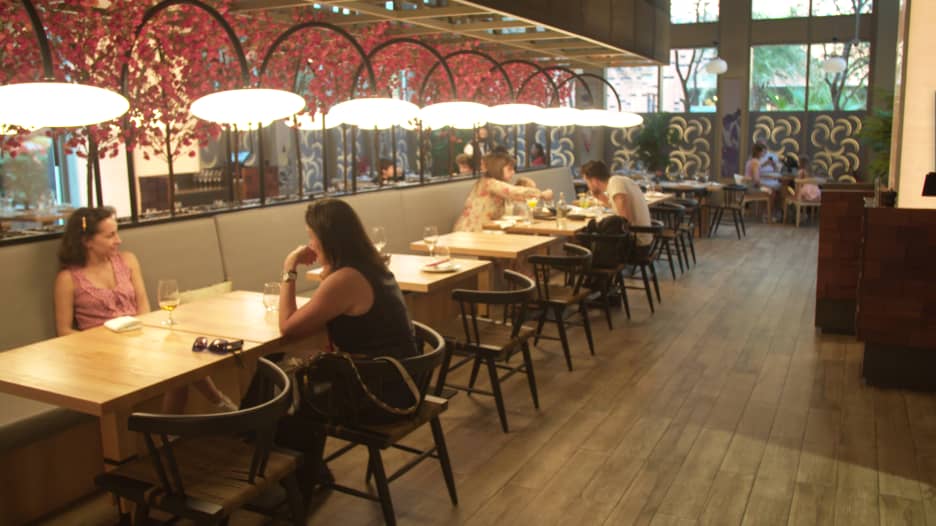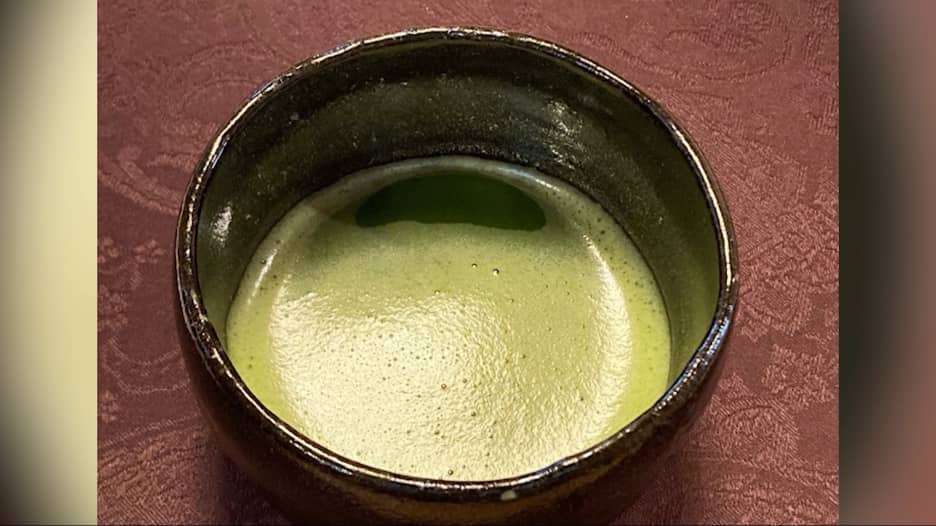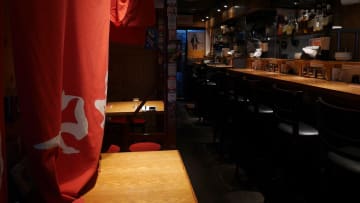دبي، الإمارات العربية المتحدة (CNN) -- يُعتبر الويسكي الياباني، ومشروب "نيهونشو" أو "الساكي"، والجعة من المشروبات الشهيرة حول العالم.
وتحاول حانة في العاصمة اليابانية طوكيو إعادة إحياء مشروب "دوبوروكو"، وهو أحد أقدم المشروبات وأكثرها إثارة للجدل في تاريخ اليابان.
وتقع حانة "Heiwa Doburoku Kabutocho Brewery" في حي نيهومباشي في شرق طوكيو. وخلال الفترة المعروفة بـ"فترة إيدو" من التاريخ الياباني (1603 - 1868 ميلادي)، ازدهرت هذه المنطقة بالنشاط بسبب القوارب التي تحمل شحنات من مشروب "الساكي" الكحولي.
ومع وضع ذلك في الاعتبار، اختار مصنع الجعة "Heiwa Shuzou"، الذي كان ينتج "الساكي" منذ عام 1928 في محافظة واكاياما، افتتاح حانة متخصصة لتقديم مشروب "دوبوروكو" النادر في أحد أحياء المدينة الراقية.
إليك ما يجب أن تعرفه عن هذا المشروب التاريخي المثير للجدل:

يُعد تاريخ "دوبوروكو" غامضا مثل المشروب ذاته. وغالبًا ما يتم اعتباره اليوم على أنه خليفة "الساكي". وليس من قبيل المصادفة أن كلمة "دوبوروكو" باليابانية تتضمن حرفين يرمزان لـ"غائم" أو غير مكرر، أي ما معناه مشروب كحولي غير مُصفّى.
ومن أجل التفريق بين هذا النوع من الكحول الياباني العكر ومشروب الساكي الشفاف الشائع، تتوفر فئتان متميزتان، هما "seishu" ، أو "الساكي" الشفاف، و "دوبوروكو".
وبالتالي، يوجد فرق رئيسي في عملية إنتاج كل من "الساكي" والـ"دوبوروكو".
ويتطلب إنتاج "الساكي" التقليدي استخدام بادئ الخميرة، الذي يُسمى "shubo"، وإضافة ثلاثة مكونات رئيسية هي الأرز المطهو على البخار، و"kouji" (فطر الأرز المتعفن)، والماء على مدار عدة أيام.
ومع ذلك، عند صنع الـ"دوبوروكو"، توضع جميع المكونات مع بادئ الخميرة في آن واحد، ما يتسبب في زيادة نسبة السكريات في الخليط الناتج . وتبدأ السكريات بعد ذلك في تحليل الخميرة، ما يوقف عملية التخمير في وقت مبكر. وفي النهاية، يتبقى سائل محّلى بمحتوى كحولي أقل، والمعروف رسميًا باسم "دوبوروكو".
لماذا يُعتبر "الدوبوروكو" مثيرًا للجدل؟
منذ بدء زراعة الأرز في اليابان، كان "الدوبوروكو" موجودًا، إذ كان المشروب المفضل لدى المزارعين وكهنة ديانة "الشنتو" اليابانية على حد سواء. وبفضل وصفته البسيطة نسبيًا، كان "الدوبوروكو" شائعًا في جميع أنحاء الريف.
واستمرت الممارسة العلنية للتخمير المنزلي لقرون من الزمن.
وفي عام 1855، كان هناك 459 منتجًا لمشروب الـ"دوبوروكو" في إيدو (الاسم القديم لمدينة طوكيو) وحدها، بحسب ما قاله أوتسونوميا هيتوشي وهو مدير جمعية صناع "الساكي" و"الشوتشو" في اليابان.
ونتيجة لنهاية "فترة إيدو"، أُجبر جميع اللوردات الإقطاعيين على التخلي عن أراضيهم الإقليمية باسم حكومة ميجي المركزية، ومقرها العاصمة الجديدة طوكيو. ونتج عن التحوّل الجذري في نظام الحكم مؤسسات شديدة التنظيم، بما في ذلك هيئة تحصيل الضرائب المنظمة.
وبعد إدراك أن مصانع الجعة ومصانع التقطير المرخّصة كانت مصدرًا حيويًا للدخل بالنسبة للحكومة الجديدة، بدأ تنفيذ التدابير الرامية إلى الحد من صناعة الجعة المنزلية.
وأوضح أوتسونوميا أن عام 1880 شهد بدء تقييد كمية المشروبات الكحولية المصنوعة في المنزل، وفي عام 1882 تم تقديم نظام الترخيص. ثم في عام 1896، فُرضت ضريبة على جميع أنواع المشروبات الكحولية المصنوعة في المنزل، ما أدى إلى الحظر الكامل للمشروبات الكحولية المصنوعة بالمنزل في عام 1899.
وهكذا أصبح كل مشروب "دوبوروكو" منذ ذلك الحين يُسمى "ميتسوزوشو" ،أي "الكحول المنتج سراً".
ومع ذلك، حتى خلال الحظر، كان لا يزال من الممكن العثور على مشروب "دوبوروكو" في اليابان.
ومن الجدير بالذكر أن معابد "الشنتو" كانت قادرة على الاستمرار في استخدام المشروب خلال طقوسها. وبعد الحرب العالمية الثانية، وبسبب نقص "الساكي"، أصبح المشروب الكوري "ماكجولي"، وهو نسخة غير مفلترة من الـ"دوبوروكو" مصنوع من الأرز، والقمح، والشعير، والماء، بمثابة بديل شائع.
ورغم أن صناعة الجعة المنزلية لا تزال غير قانونية، فقد سمحت الحكومة اليابانية للنزل والمطاعم في تخفيف التنظيم وخاصة في المناطق التي شهدت ركودًا اقتصاديًا، ببيع الـ"دوبوروكو" تجاريًا في عام 2003.
واعتبارًا من عام 2021، يوجد 193 منشأة في جميع أنحاء البلاد مرخصة لبيع "الدوبوروكو".





